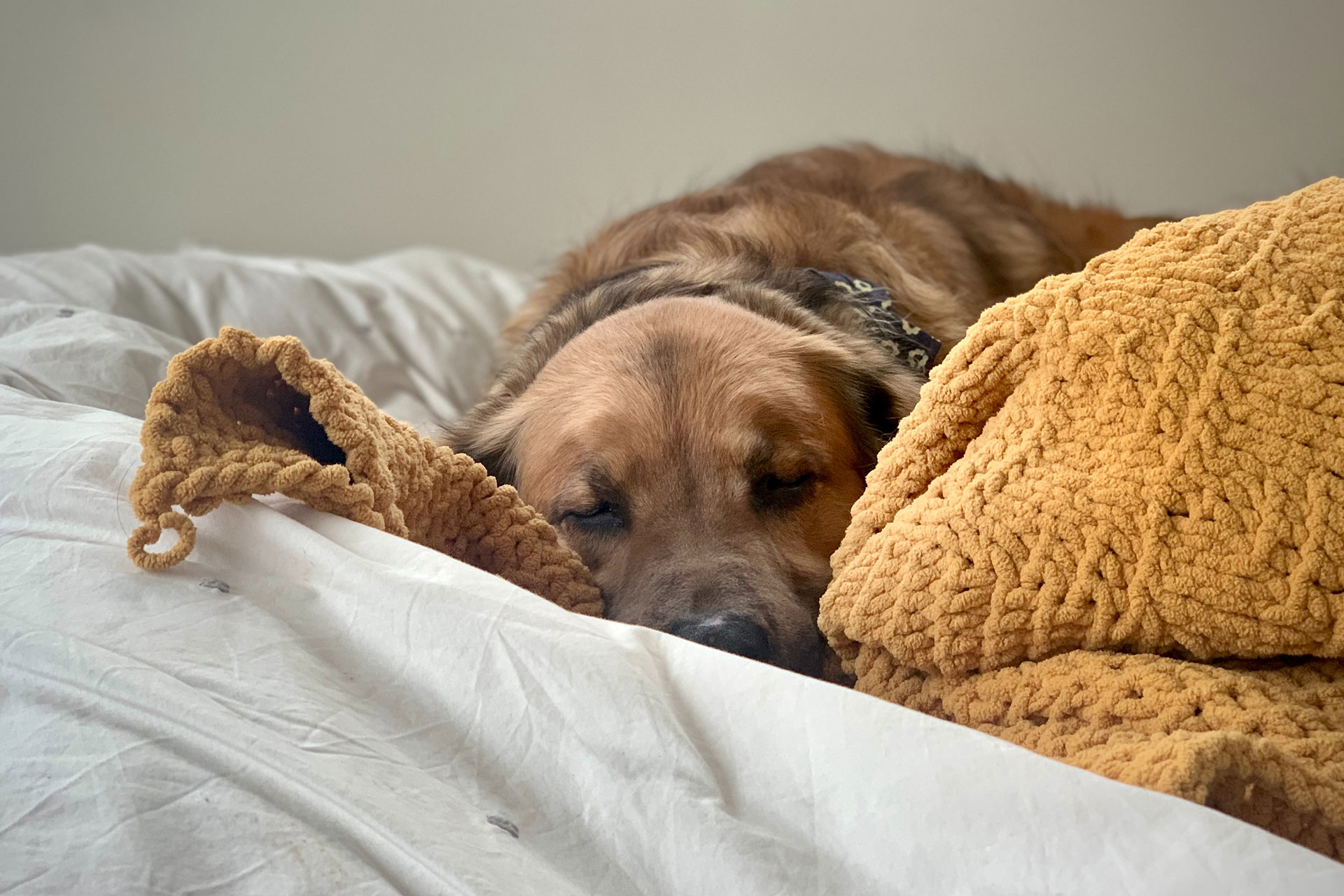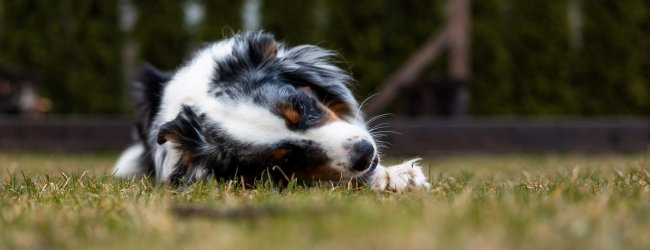How Long Can a Cat Go Without Water? Dehydration in Cats 101
Cats don't need a ton of water - but they're still at risk for dehydration if they go without for too long. Here's how to keep yours safe.

As it gets hotter outside, you might’ve wondered how long can a cat go without water and how to spot the signs of dehydration in cats. (Especially since your feline buddy might not be lapping up like crazy – kind of like your dog!) Let’s dive right in and cover what signs to watch out for – and how a smart cat collar with Health Monitoring can help you take action much in advance.
Key Takeaways
The main signs of dehydration in cats include dry gums, reduced skin elasticity, sunken eyes, and a big drop in their regular activity.
Red flags for the vet include persistent vomiting, refusal to drink, and extreme lethargy. Head over for a checkup right away if you notice any of these signs.
A smart cat collar with Health Monitoring can keep tabs on your cat’s daily active minutes. A drop could signal the beginnings of lethargy – helping you spot the signs of dehydration or other health issues early, much before they grow worse.

Find out where your cat spends their time.
Read moreHow long can a cat go without water?
No more than 24 hours.1 Cats generally don’t need as much water as dogs. But going without water for too long means they’re at risk for dehydration, which can be dangerous for cats. Because of this, it’s important you stay alert for any signs that your cat might not be getting enough water.
Signs of dehydration in cats
- Loss of skin elasticity
Gently pinch the skin between your cat’s shoulders. In a well-hydrated cat, the skin should spring back quickly. In a dehydrated cat, it will return slowly or may even stay tented. - Pale, dry gums
A healthy cat should have moist gums. If their gums feel dry or sticky, it’s a red flag. - Sunken eyes
Cats suffering from dehydration might have eyes that look dull or slightly sunken. - Reduced appetite
Dehydration often makes cats lose interest in food. - Lethargy
If your normally active kitty suddenly seems sluggish or just sleeps more than usual, it could be a sign of dehydration.
💡A smart cat collar with Health Monitoring can help you spot a drop in your cat’s active minutes that much earlier. Which can be a potential lifesaver if they’re already struggling with lethargy or even potentially life-threatening conditions like heat stroke.
When to head to the vet
Dehydration isn’t just a mild inconvenience – it can quickly turn into an emergency if not addressed. If you notice any of the following red flags, it’s time to call the vet:
- Persistent vomiting or diarrhea
This can cause rapid dehydration, and it needs immediate attention. - Not drinking water
If your cat isn’t drinking at all for over 24 hours, that’s a serious concern. - Extreme lethargy
If your cat seems unable to move or respond normally, it’s important to seek veterinary help right away.
What to expect at the vet
Yur vet most likely begin with a physical examination. They’ll start by checking your cat’s gums, skin elasticity, and overall condition. They may also run blood tests to determine the severity of dehydration or check for any underlying issues that could be causing it. Depending on how severe your cat’s dehydration is, your vet might recommend:
- Upping your cat’s water intake, like with wet food or a water fountain to encourage drinking
- Making it easy for your cat to drink more often by providing them access to fresh, clean water throughout the day,
- Moistening your cat’s food with broth. Avoid broth flavors that contain extra salt.2
- Cat “soup” supplements, available at most pet food stores.
- In more serious cases, subcutaneous or intravenous (IV) fluids
All of which, if you ask us, are great reasons to catch on to the signs of an illness early – and take action before your cat’s health worsens.
Where a smart cat collar helps as a preventive measure
Your cat might be a little trooper, but even they’re still at risk for serious trouble if they go too long without water. That’s where a smart cat collar – like Tractive – can be a potential lifesaver when it’s hot outdoors.
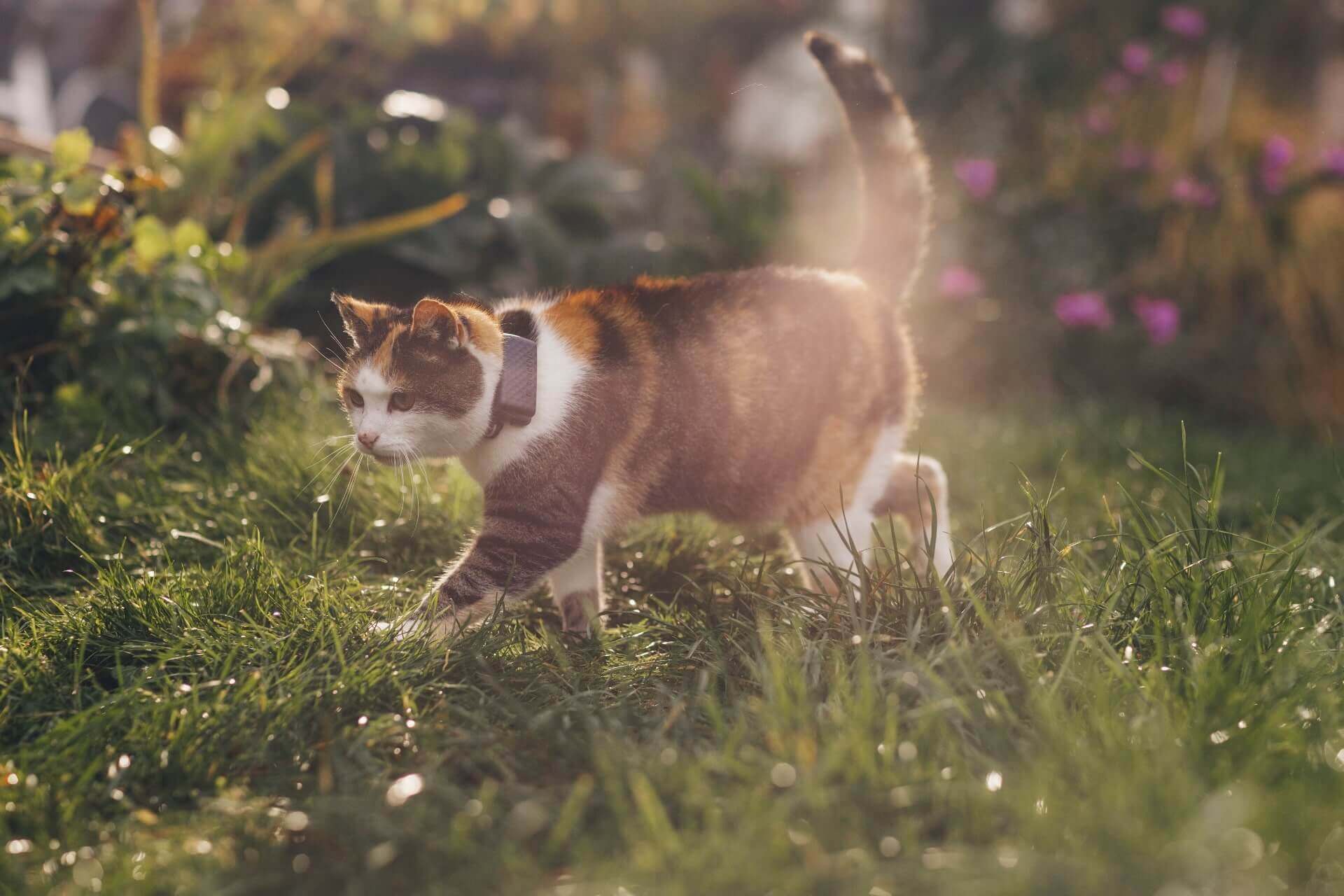
Strapped to your cat’s collar, you can now:
- See exactly where your cat is – in real-time and at any given moment
With real-time GPS tracking. If your cat goes on an unexpected adventure outdoors or doesn’t come home for dinner, just hit ‘LIVE’ on your Tractive mobile app. Your tracker updates your cat’s real-time location every couple of seconds. Better yet, unlike an AirTag, Tractive devices don’t need a network of compatible devices to work. - Figure out if your cat’s been napping in the sun for too long
From their Heat Map and Location History. Which logs in your cat’s favorite napping, hiding, or hunting spots, so you can figure out if they’ve been basking in the sun or need an extra water bowl out in the yard. - Spot potential health issues early
From your tracker’s built-in Health Monitoring features. Like, for example Activity Tracking, which logs your cat’s active minutes all day long. If you notice a weird drop, it could signal sickness, lethargy, or discomfort. - Get alerted to a change in your cat’s usual behavior
Through Health Alerts – which you’ll get if there’s a weird drop in your cat’s active minutes or even a change in their sleep quality. (All potential health red flags.) So you can take action quicker and get them to the vet for a checkup that much earlier.
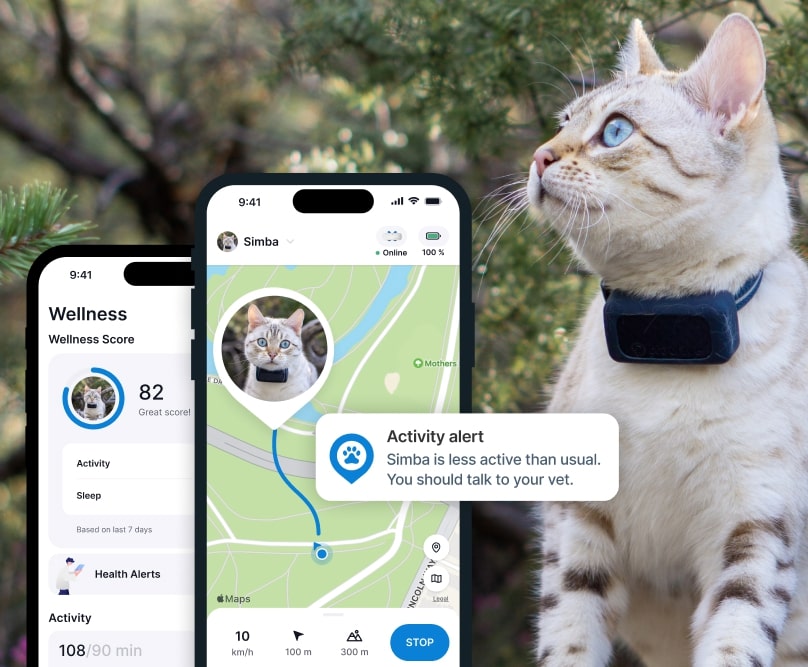
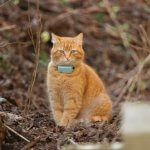
“Great little tracker, perfect size and weight for cats.
Tracks activity and sleep habits making it easier to spot issues and discuss activity levels with her vet. Also tracks her when she decides to roam the neighborhood.”
– Clayton Ward, (Source: Trustpilot)
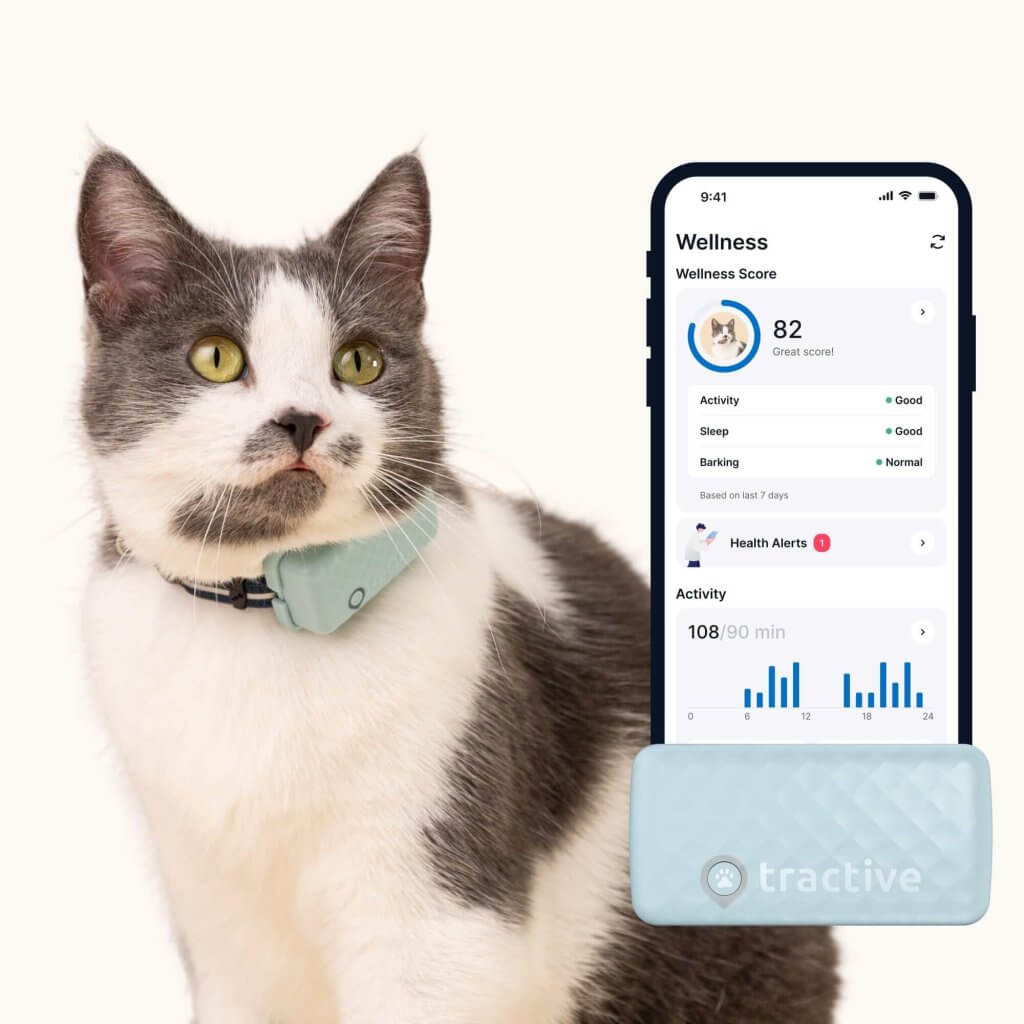
Get health alerts for your cat
Our cats can’t always tell us if something’s wrong. But if their tracker detects unusual changes in their routine, you’ll get an alert, helping you catch potential issues early.
And if you’ve liked this post, share it with a friend or a loved one – and let’s help build a safer, kinder world for our furry friends together.
